Are you a photography buff but haven’t yet dipped your toes into real estate photography? Or are you a photography newbie and just starting out? You’re in luck, because we at Birgo Realty want to help. We're exploring tips and tricks to get started so that in no time, you'll be featured on the cover of Architectural Digest.
Confused about where to start with this new endeavor? We’ll start with the basics: the equipment.
Equipment
The most important piece of equipment needed for real estate photography is, of course, a DSLR camera. Pro tip: Your camera doesn’t need to be the most expensive on the market!
If a DSLR camera is not within your budget, start getting some experience with your smartphone. (You’d be surprised how many photos are #ShotOniPhone!)
The real work now, comes from your camera lens. Wide angle lenses are great for real estate photography because they allow more space to be photographed. If you’re working with a smartphone, opt for the wide angle lens for tighter spaces.
Another important piece of equipment is a tripod. These are essential for capturing symmetrical images. The last basic piece of equipment suggested to get started in real estate photography is an external flash. This product helps in situations where there is little natural or artificial light.

Location
Make sure to visit the property beforehand to get a feel for how everything is set up. Make a list of the exact angles you want to capture. Visiting beforehand also allows you to have a better understanding of the location’s natural lighting. Be sure to take note of where the sun is coming through at that particular hour and tailor your shooting time based on the natural light available.
Angles
We compiled a list of some standard shots that are recommended to take at every location.
- Wide-angle shots of each major space such as the bedroom, living room, and kitchen.
- 1-2 photos of the bathroom.
- 1-3 photos of the backyard (take more if it has unique features).
- 1-2 shots of the front of the property to showcase its curb appeal.
- 1 shot of each feature such as the laundry room, garage, and pantry.
Aside from these angles, get creative with your space by shooting through doorways or mirrors!

Taking the Photos
DSLR cameras have many settings that impact focal point, lighting, and shutter speed. Make sure your camera settings reflect the environment. If you’re shooting outside and it’s sunny, the ISO will need to be lowered. If you’re shooting inside and there is little natural light, take out that flash and adjust your settings. You don’t want a photo to turn out over or under exposed or have grain.
Here’s a brief rundown of each setting:
ISO
ISO controls the sensitivity of a camera sensor to light. In simple terms, it will brighten or darken a photo. As you increase the ISO, your image will get increasingly brighter. For a space with ample natural lighting, an ISO of 200-400 will result in a well-exposed photo.
Shutter speed
Shutter speed controls how long the camera shutter stays open. This setting also affects the motion blur of an image. A faster shutter speed (such as 1/500 second) is great for capturing subjects with little to no motion blur.
Aperture
Aperture, also known as the f-stop on a camera, affects the amount of light let in through the lens. The f-stop also affects the depth of field of a subject (for all you iPhone users, think of the difference between taking a regular photo and a photo using “Portrait Mode.” “Portrait Mode” has a lower f-stop, or depth of field). Lower f-stops (such as 1.4) will bring the main subject into focus, which results in the background being blurred. In real estate photography, a high f-stop (such as 11) is best practice as it allows everything to be in focus.
Watch this video to learn about ISO, shutter speed and aperture in more detail.
Editing
Now that you have all of your photos, it’s time for post-production. If lighting during the shoot was not optimal, now is the time to adjust it.
Open your files in your preferred editing software. Don’t know which software to download? Adobe Lightroom is a great option. If you’re balling on a budget, smartphone camera apps have evolved to now have editing settings that you can utilize, too.
Instead of using creative presets, stick to a more polished and professional look and adjust only what is necessary. In doing so, it portrays the space exactly how it appears in person. Misrepresenting a space can have negative outcomes such as potential tenants and home buyers losing trust in the real estate agency or property management company.
When you’re all done with your edits, it’s time to export, however, if you’re unsure of whether or not the photo is perfected, get a second opinion!
New to Adobe Lightroom? Here’s a link to Adobe’s beginner photo editing tutorials.

Diving in headfirst into any industry can be a daunting task. We hope these few insights into how to jump into the real estate photography business helps make the journey a little bit easier.



